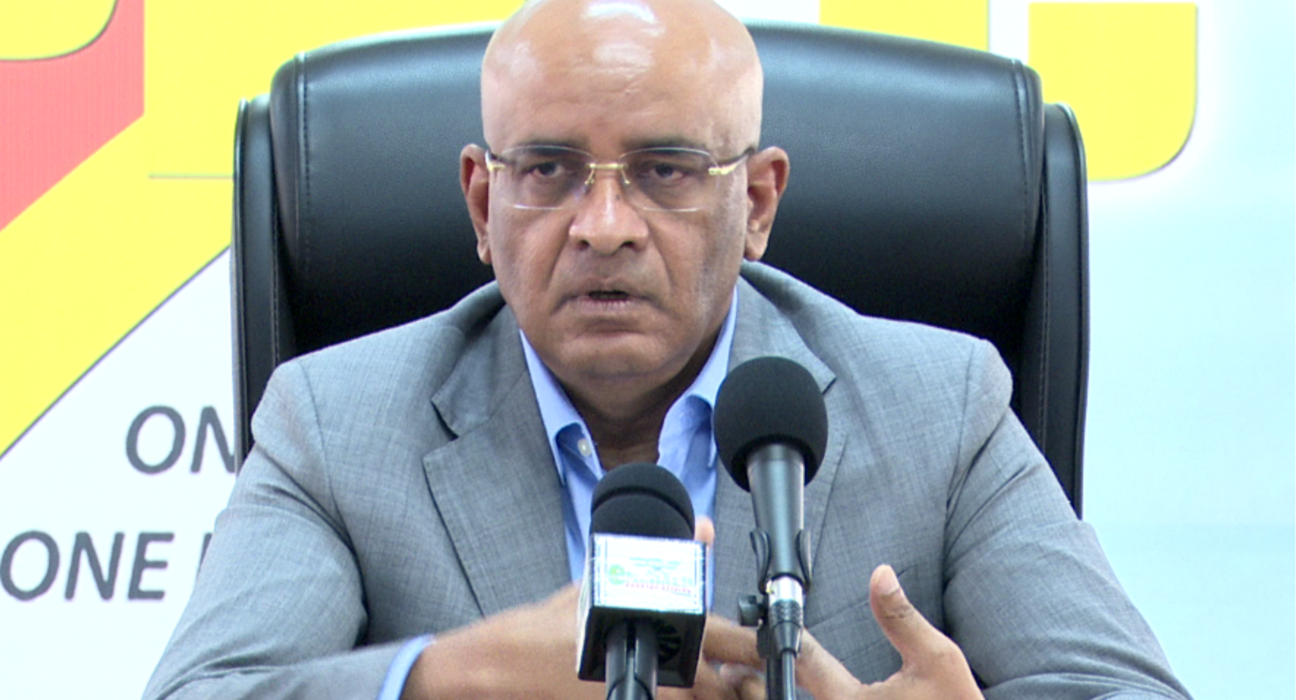The Government of Guyana has reaffirmed its commitment to providing the University of Guyana (UG) with the necessary financial resources to ensure continued optimal operations as it moves towards making the university tuition-free.
Vice President Dr. Bharrat Jagdeo indicated that despite the planned removal of tuition fees, the government will maintain support for the institution to sustain its educational quality.
UG Vice Chancellor, Dr. Paloma Mohamed, has expressed concerns about the sustainability of quality education under the tuition-free model.
Currently, the university generates significantly more revenue from tuition fees than what is provided through government subsidies.
To address these concerns, Dr. Jagdeo assured that the government is prepared to provide adequate funding, even as UG adapts to a new financial landscape.
Although no formal discussions have taken place between the government and UG’s administration, the Vice President emphasized that improvements in program quality and consolidation of resources would be necessary.
For instance, specialized training needs, such as producing a specific number of technicians, could be outsourced rather than establishing new, potentially costly programs.
In 2023, the government allocated $3.7 billion to support UG’s operations and expansion at its campuses.
The move to make the university tuition-free is part of the PPP/C government’s manifesto promise, which aims to increase access to higher education for Guyanese students.
In addition to the tuition-free initiative, the government has also begun implementing student loan relief measures, with over 13,000 students expected to benefit from the first phase of an $11 billion write-off.
These efforts highlight the government’s commitment to expanding educational opportunities while ensuring that UG remains a hub of quality learning and professional development.
The University of Guyana’s financial restructuring and enhanced support system are expected to bolster the institution’s ability to meet the demands of the growing student population, ensuring that higher education remains accessible and of high quality.

